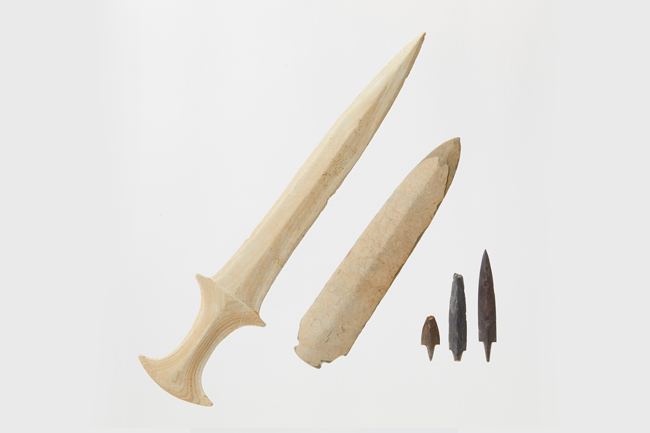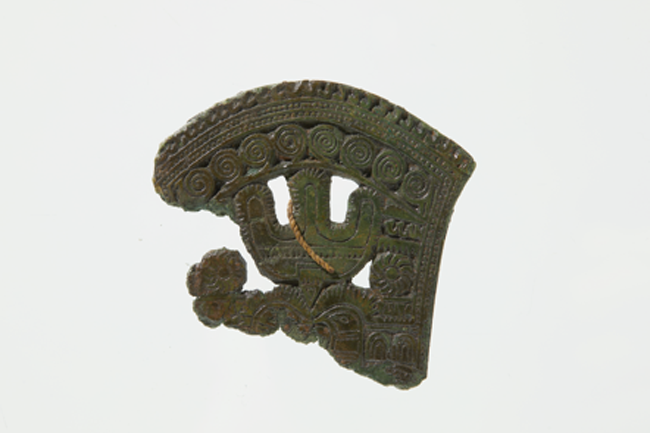Prehistoric and Ancient Cultures developing in Yeongsangang River
History and Culture Gallery
Living History and Culture of the People of the Yeongsangang River BasinThe people who lived around the Yeongsangang River basin developed its unique culture. They built the largest number of dolmens—one of the megalithic cultures—during the Bronze Age and large jar-coffin tombs during the Three Kingdoms period. These are unprecedented in the world, and the dolmens in the area were designated as a UNESCO World Heritage site in recognition of their value.
As the geopolitical location of the Yeongsangang River basin was very important in terms of society, politics, and economy, the area was a venue for laying the groundwork for the foundation of the Goryeo Dynasty and also the center of logistics and distribution during the Joseon Dynasty.
Prehistoric and Ancient Cultures developing in Yeongsangang River
The area of Yeongsangang River, which passes through the southwestern region of Jeollanam-do, is adjacent to fertile plains and sea, making it a good place for people to live since prehistoric times. In addition, thanks to its geographical advantage connecting China and Japan, it was a gateway to diverse cultures and products of civilizations from surrounding countries. Against such background, this area was able to grow into a member of a political organization called “Mahan” around the time ancient societies were actively developing. Despite failing to become an ancient nation due to the growth of Baekje, Mahan kept its own culture centered on the Yeongsangang River basin.

